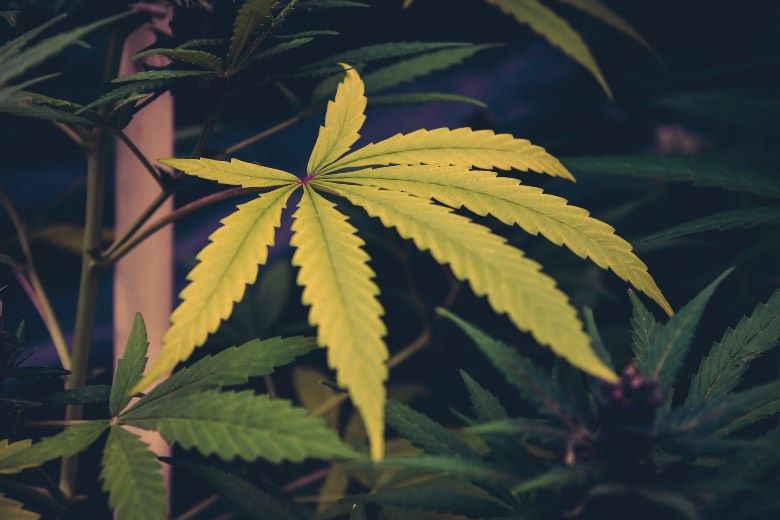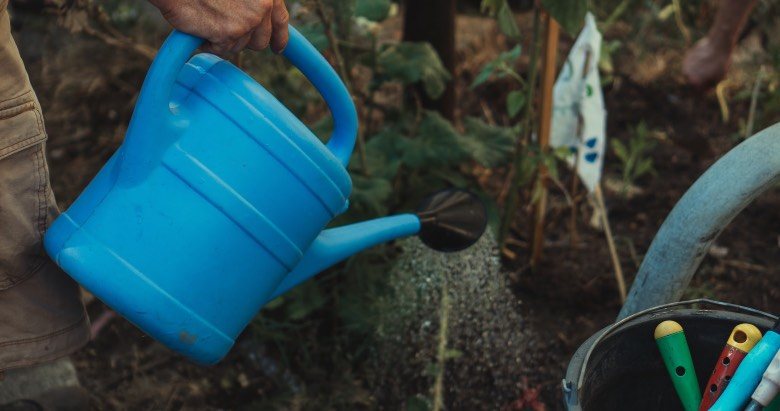Modified on: 29/07/2021
Causes, solutions and prevention of yellow leaves in the cannabis plant.
Cannabis with yellow leaves is one of the most common problems for growers… and it is often an annoying event.
After planting your cannabis seeds, germinating them lovingly and reaching a good point in plant growth, it certainly can’t be good news to have yellowed leaf specimens.
The health of the plants is mainly manifested at leaves’ level. If they shows signs of suffering, you need to do something immediately.
Today, we want to talk about the causes of yellowing cannabis leaves, how to prevent the problem and what to do about it.
Attention: Remember that it is not allowed to plant and grow marijuana seeds in the UK, they can only be bought as collector’s items. Growing cannabis for purely personal use remains a crime, while growing cannabis for dissemination to others is an arrestable offence.
Unless you live in a country where cannabis can be grown for personal use, we ask you to use this blog post for information purposes only.
Why can cannabis leaves turn yellow?


Cannabis leaves turn yellow or show other signs of stress when the plant is low in nutrients or particularly stressed.
Analyzing the reasons leading to this problem helps growers take the necessary measures to keep the plants healthy.
The following are the possible particular causes of yellow leaves in marijuana:
- PH not adapted to the growth phase of the plants
- Lack of nitrogen, magnesium or iron
- Excess water
In the following lines, you will find symptoms and solutions to these problems.
1) Cannabis and yellow leaves: one of the leading causes is too high or too low pH.
If the pH of the soil is not adapted to the growth phase of the cannabis and is too high or too low, the plants have difficulty absorbing the nutrients needed for their proper development. It results in a lack of nutrients, even if they are present in the right quantities in the soil.
What are the symptoms of an inappropriate pH for hemp seedlings ?
Here they are :
- Yellowed leaves or shades unusual for the plant
- Yellow or other coloured spots on the foliage
- Scorched leaf tips
In this case, the solution for growers is to measure the soil pH. If necessary, add the required substances to raise or lower the soil.
The optimum Ph level for the soil is between 6 and 7, while for coconuts for example, it should be between 5.5 and 6.5. If the soil is too acidic, growers install clay and lime in the substrate, while if it is alkaline, they incorporate compost, peat or a particular fertiliser soil.
Read also: What to do when cannabis plants don’t grow or when the growth is stunted
2) Nutrient deficiency that causes yellow marijuana leaves.
Cannabis plants with yellow leaves but a correct soil pH often lack nutrients such as nitrogen, magnesium or iron.
Let’s take a look at the symptoms related to the low absorption of different nutrients.
Symptoms and solutions of nitrogen deficiency in marijuana
- Older leaves in the lower part of the stem which start to yellow and fall off
- Leaf-yellowing, which spreads rapidly to the top of the stem (especially in the vegetative phase of cannabis)
In this case, breeders rime the marijuana, i.e. rinse the roots. Then they give the plants an appropriate fertiliser with high nitrogen content, taking care to avoid excess (which would lead to poisoning the plantation).
Cannabis magnesium deficiency: symptoms and solutions
- Yellow leaves at the base of the plant
- Dry, brown tips
Breeders usually clean up the soil by restoring the proper pH and adding extra magnesium to the plant to avoid excess.
Iron deficiency: how does it manifest itself and what are the solutions?
- Suffering from younger leaves
- Yellow leaves on top of the plant
The best solution is to ‘flush’ the cannabis, i.e. flush the soil, restore a suitable pH and produce a high iron fertiliser without overdoing it.
3) Poor irrigation practices lead to the yellowing of the leaves.


The most common mistake made by cannabis growers is over-irrigation of the soil (or, in rare cases, too little irrigation).
The symptoms are as follows:
- Yellow and soft leaves.
- In case of excessive watering, the leaves are enormously swollen.
- In case of lack of water, the leaves are dry and thin.
The solution is to dose the water to the plants as well as possible and monitor the leaves’ behaviour. If they are soft after watering, there is too much water. If they are too soft or too dry before watering and do not rise after watering, the water given is not enough.
Read also: Excess fertiliser and cannabis: how to detect the problem (and how to solve it)?
Conclusions
You now know the leading causes of cannabis with yellow leaves, the symptoms of the different problems and the solutions most frequently chosen by growers to solve these problems.
Maybe this article will help you if, hopefully one day, not too far away, the cultivation of marijuana for personal use in the UK will be legalised.
For now, buy the best auto-flowering seeds, feminised seeds and fast flowering collection seeds from SensorySeeds, our Cannabis online seeds shop! We are waiting for you.









